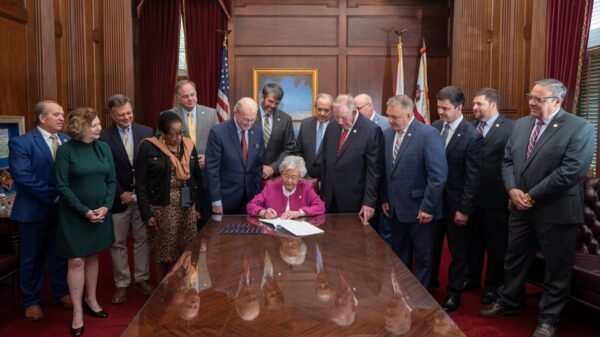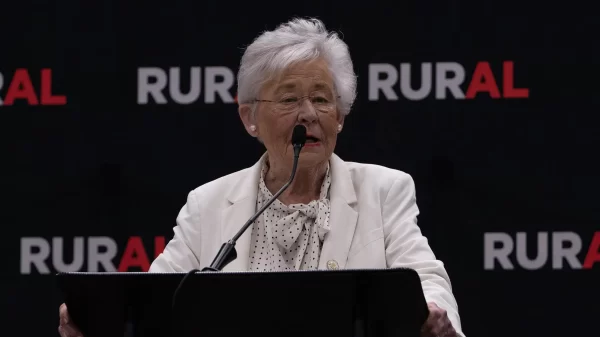A recent analysis by the Public Affairs Research Council of Alabama shows a wide variance in educational attainment between Alabamians residing in different counties.
According to the PARCA research, across the state, 10 percent of Alabamians over the age of 25 have earned a master’s or higher-level degree. Sixteen percent of the adult population has just a bachelor’s degree. Just 9 percent of adult Alabamians have an associate’s degree.
Nearly 22 percent of Alabamians have attended college but did not earn a degree, and 31 percent of Alabamians have earned their high school diploma or GED but did not receive any education beyond that.
Ten percent of adult Alabamians have finished the ninth grade or higher but have not gotten a diploma or GED. Just 4 percent of Alabamians 25 or older dropped out of school without at least finishing the ninth grade.
At least 35 percent of Alabamians have at least an associate’s degree. By comparison, 20 percent of the adult population in Massachusetts has a master’s degree or above and 24 percent have at least bachelor’s degree. Factoring in the 8 percent with associate’s degrees, 52 percent of Massachusetts adults have some sort of degree versus just 35 percent of Alabamians.
Alabama is 44th in educational attainment. West Virginia is 51st with 30 percent — 22 percent with a 4 year degree or above. Georgia, largely due to the success of the HOPE scholarships, has 40 percent of the population with a degree two year or above. Mississippi is at 33 percent. The national average is 39.9 percent.
The PARCA study also breaks it down into county-by-county differences. The top ten counties in Alabama for educational attainment are Madison, Shelby, Lee, Jefferson, Baldwin, Montgomery, Tuscaloosa, Autauga, Coffee and Elmore.
In Madison County, 8.1 percent of adults have an associate’s degree, 25.7 percent have earned at least a bachelor’s degree and 16 percent have a master’s or higher degree. More than 20 percent have some college but no degree, 20.8 have a high school diploma with no education above that, 5.9 percent finished the ninth grade and 2.9 percent dropped out in the ninth grade or earlier.
Nearly 50 percent of adults in Madison County older than age 25 have earned at least a two-year degree. Madison County is followed by Shelby County with 49.5 percent, Lee with 43.1 percent, Jefferson with 40.7 percent and Baldwin at 40.7 percent. These are the only five counties that are above the national average.
The bottom 10 counties for educational attainment are Wilcox, Bibb, Greene, Coosa, Cleburne, Bullock, Lawrence, Conecuh, Barbour and Washington. Wilcox is in 67th place for educational attainment and is also regularly one of the state leaders in its unemployment rate. Just 3.6 percent of adults in Wilcox County have a master’s degree or above, just 8.9 percent have completed their four-year degree and only 4.8 percent have even an associate’s degree. Just 17.3 percent of the adult population in Wilcox County has any sort of degree. That is 22.6 percentage points below the national average. Nearly 20 percent of adults in Wilcox County have attended college but did not finish, and 40.3 percent has a high school diploma or the equivalent but no college. More than 16.5 percent finished the ninth grade but did not get a diploma or GED. Nearly 10 percent did not finish the ninth grade.
Educational attainment is a concern because the fastest growing professions generally require more education than simply a high school diploma. Gov. Kay Ivey is trying to increase the percent of the workforce with at least a two-year associate’s degree or the technical training equivalent of a two-year associate’s degree.
Many high-paying technology jobs require a two year or even a four-year degree or above. It is difficult for the state to recruit those sorts of employers to counties where the workforce is not competent to fill the positions. Those sorts of employers often have to recruit employees from far outside the county or even the state.
Even manufacturing jobs are increasingly high tech as new factories use more robotics and automation than the factories of the past. Today’s high-paying jobs require more knowledge, skill and technical competence than the factory jobs of the past.




















































